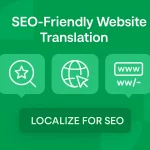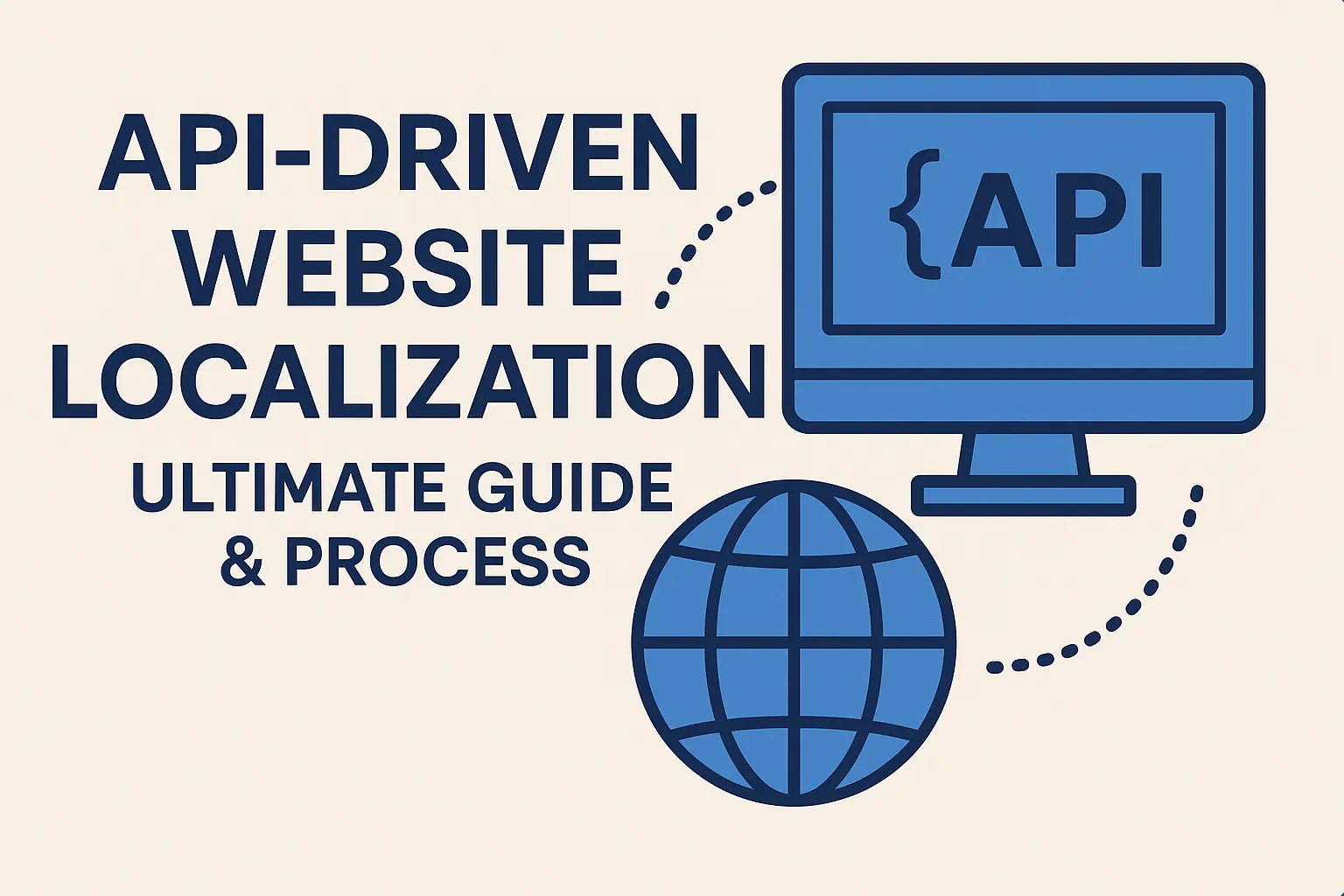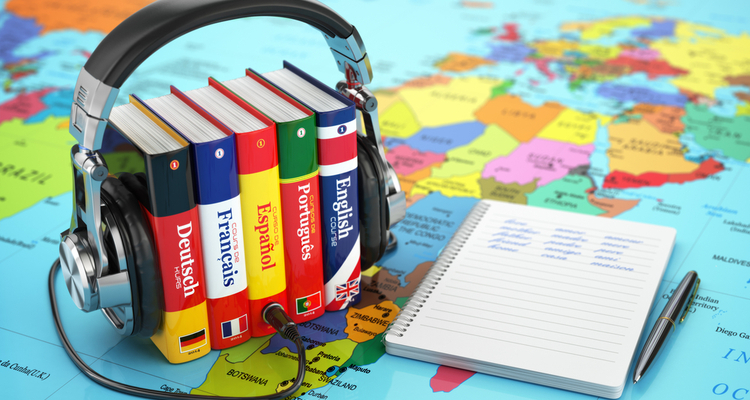What is transcreation? In the contemporary business environment, change is an inevitable aspect due to the globalization of the market. Therefore, businesses have first to make their products suit the local markets. This process of localization encompasses more than the mere conversion of text. It implies that products and services are easily relatable to the local consumer.
Understanding the Process of Localization
The process of localization is adjusting an international product or service to a specific market’s requirements. This isn’t just mere word-to-word translation. Software localization and website localization are examples of localization processes. For instance, the localization of a messaging app implies that the application’s user interface and all the related displays are easily comprehensible to users of different linguistic backgrounds. Universal icons like calls or photo symbols help, but localized symbols or translations are often the most effective for the user experience.
Localization helps make foreign brands go international. Therefore, businesses must think in local terms to be successful in the global market. Substance and localization require a reliable team, such as Circle Translations, as they ensure the localization process for your product feels native to every market it enters.
Why the Localization Process is Important for the Product?
Profit
The process of localization can have an immensely positive impact on a firm’s revenues as it expands its portfolio to differing markets and improvements in cash flow without any need for geographical mobility. Thus, whenever products are produced locally, they conform more to the local people’s perceived requirements.
Besides, it results in higher revenue, satisfaction, and customer loyalty in most of the cases. Thus, adjusting to cultural differences in different localities will ensure the establishment of a market share that is a constant source of income. It enables the continuation of the use of overall company facilities with the added advantage of expanding the customer base and, consequently, stable revenue growth.
Popularity
The fact that localized efforts increase the status of a brand on an international level makes it globally preferred and appreciated. Suppose a brand is able to use its native language and appeal to the cultural compass of a particular area. It will help the viewers a lot. This is very important in forming trustful relationships with customers and inspiring them to recommend the brand.
Productivity
The process of localization enables clients to handle and appreciate the product to the maximum, therefore increasing production. Sometimes, users are able to work better on the product when information about a product, user manuals, and support services related to the product are written in the local language or contain local content.
This minimizes the time that a customer spends learning the product and can culminate in frustration, enabling the customers to derive the total value from the product with ease. According to efficiency, those customers who get most of what the product offers will be loyal and satisfied, knowing they can handle the product on their own. As a result, this can contribute to a higher rate of usage, fewer support questions, and, overall, a rise in the efficiency of the user/ company.
Prestige
Delivering high-quality localized products enhances a company’s reputation and expands its market access. Customers appreciate when products and services are tailored to their specific needs and cultural contexts, which reflects the company’s commitment to quality and customer satisfaction. This attention to detail and cultural sensitivity not only boosts customer loyalty but also positions the company as a leader in its industry. A strong reputation for localization excellence can attract new customers and business partners, opening doors to new opportunities and markets.
The Process of Localization: Steps to Localize Your Product
Content Examination
Each piece of content should be meticulously reviewed to ensure it meets the specific requirements of the target audience. This includes evaluating the need for language adjustments, appropriate formatting, up-to-date information, relevant images, suitable fonts, and local references. The content should resonate culturally and contextually with the intended audience, ensuring clarity and relevance.
Content Management
Determine which parts of your content need translation or localization. Identify elements that require linguistic adaptation and cultural adjustments. These elements should be isolated from their original context to facilitate precise translation. This step ensures that only the necessary parts undergo localization, streamlining the process and maintaining the integrity of the original content.
Quality Assurance (QA)
Establish a robust QA process to oversee the translation and localization work. This involves assigning qualified linguists and resources to the project, ensuring that native speakers handle the translations. A detailed QA plan should outline the steps for maintaining linguistic accuracy and cultural relevance, minimizing the risk of errors and ensuring high-quality outcomes.
Translation Work
Engage professional linguists to translate the content, adhering to the QA specifications. The translation process should not only focus on language accuracy but also on cultural nuances and practices. This ensures that the translated content is not only linguistically correct but also culturally appropriate, enhancing the overall effectiveness of the communication.
Quality Control (QC)
Implement a thorough QC process to catch spelling errors and verify the correctness of the translations. QC is the strongest localization strategy and involves meticulous proofreading and editing to ensure grammatical accuracy and consistency. This step is crucial for eliminating any flaws and guaranteeing that the final product is error-free, polished, and ready for the target market.
Turnover
Deliver the localized product in a format suitable for the target market. This includes ensuring that all cultural and linguistic adjustments have been made and the content is ready for distribution. The final product should be polished, professional, and tailored to meet the needs and expectations of the target audience, ensuring a successful market entry.
We Are Here to Help
Circle Translations streamlines the process of localization with its proficient team of linguists and translators. From content examination to final turnover, they ensure an accurate and efficient localization process. Allowing you to focus on developing new products while helping you achieve international success.
References
Singh, H., & Pipaliya, S. (2024). Cross Cultural Behavior and Product Localization (adapting to diverse market for global success).
Subtitles

Professional and Accurate Subtitle Services for your Videos.
- Video subtitles specifically tailor-made for improving accessibility.
- Using highly experienced subtitlers with years of industry experience.
- Professionally written and expertly timed.
Translation

We help the world’s top companies translate their content in over 73 languages!
- We localize content for internet websites, games, travel, cryptocurrencies, and more
- Expand your global audience by adding different languages.
- We work only with qualified translators and experienced content creators
Audio translation

Ensuring full accessibility for Blind and visual impaired audiences.
- Visual descriptive events as they occur in the video.
- Working with top audio describers to perfectly describe what is happening on-screen
- Professional sound recording.
















